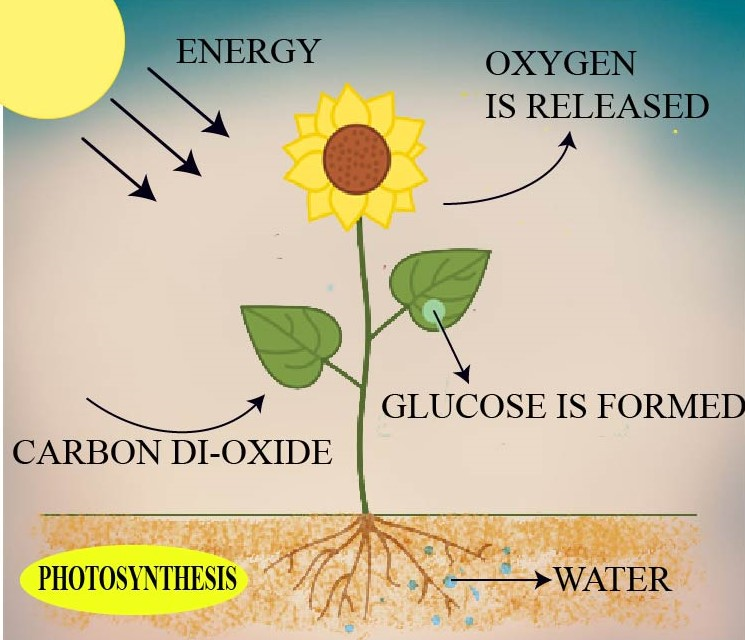Question
Question: The rate of photosynthesis is not affected by A. Light intensity B. Humidity C. Temperature ...
The rate of photosynthesis is not affected by
A. Light intensity
B. Humidity
C. Temperature
D. Carbon dioxide concentration
Solution
Photosynthesis, a food manufacturing process is common to plants. It is concerned with conversion of light energy into chemical energy such that the end product, Glucose, is used as a source of nutrition for the plant body.
Complete answer:
To find the correct answer let's first understand the process of photosynthesis. Photosynthesis can be defined as a process by which chlorophyll containing living plant cells prepare food, that is, Glucose by using Carbon dioxide, and water in the presence of solar energy. Oxygen is released as a bye-prodct in this process.
There are many factors that can alter the rate of photosynthesis. However, one that does not affect this process is Humidity. Studies are indicative of the fact that humidity plays almost negligible role in the process of photosynthesis.
Therefore, option b, is the correct answer.
Additional Information
The process of photosynthesis process requires several factors such as:
Light Intensity: Higher light intensity results in a higher rate of photosynthesis. Whereas, low light intensity results in a lower rate of photosynthesis.
The concentration of CO2: Higher concentration of carbon dioxide helps in increasing the rate of photosynthesis. Usually, carbon dioxide in the range of 300 – 400 PPM is adequate for photosynthesis.
Temperature: It is important to have an ambient temperature range between 25° to 35° C for effective photosynthesis.
Water: As water is an important factor in photosynthesis, its deficiency can lead to problems in the intake of carbon dioxide. Low water leads to the refusal of stomatal opening to retain the amount of water they have stored inside.
Pollution: Industrial pollutants and other particles may settle on the leaf surface. This can block the pores of stomata which makes it difficult to take in carbon dioxide.

Fig: Photosynthesis
Note:
The chemical equation of photosynthesis is as follows:
6CO2 + H2O −Sunlight + Energy→ C6H12O6 + 6O2
It is important to note that chlorophyll is not the only photosynthetic pigment. There are several other such pigments such as Carotene, Xanthophyll, etc. Also, plants aren't the only organisms that perform photosynthesis.
